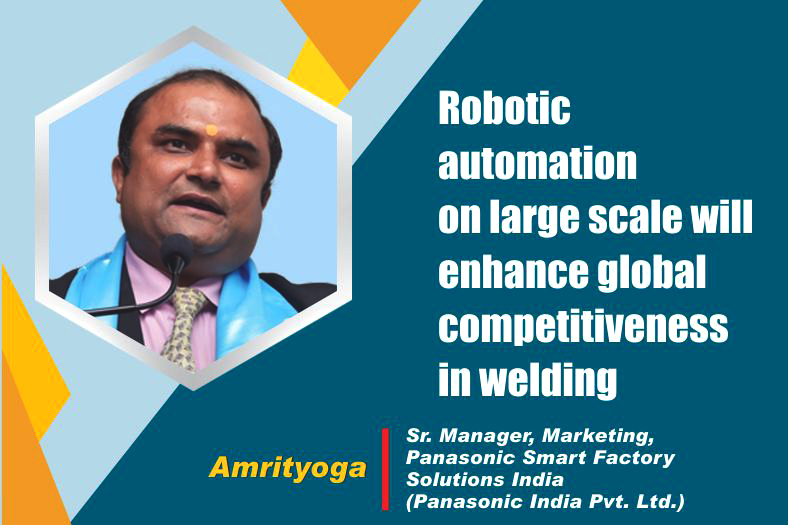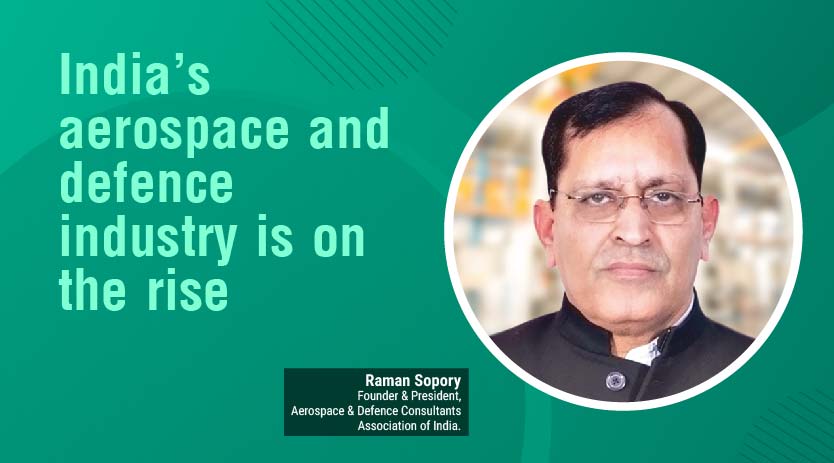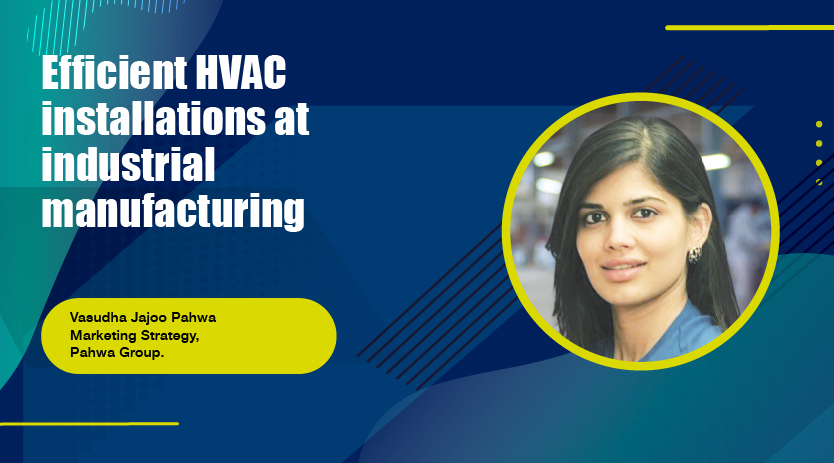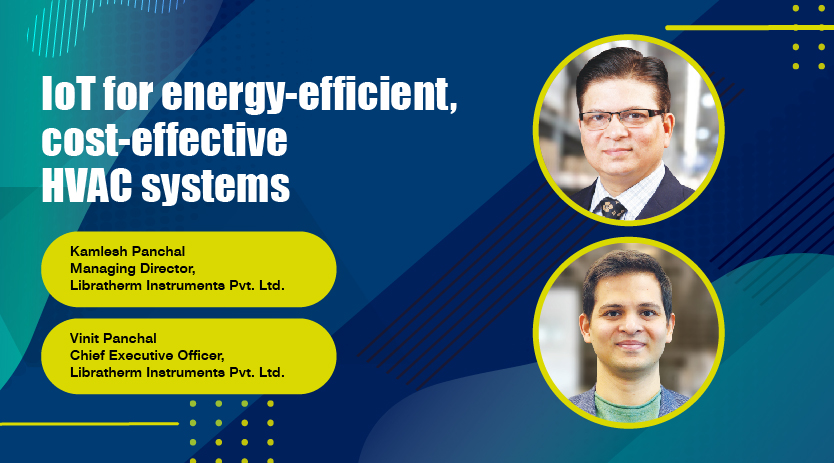Robotic automation on large scale will enhance global competitiveness in welding
February 1, 2022 5:35 pm
Panasonic TAWERS technology is the latest generation of welding robots; such digital advanced welding machines can create international quality weld output.
Please talk about technology solutions offered to the welding automation sector.
We have a dedicated Robotic Welding Solution department. They take care of right from designing, simulation to execution of the projects. Panasonic Smart Factory Solutions India (PSFSIN) is a division company of Panasonic Japan and manufactures both welding power sources and Arc welding robots. Following are some applications for which we have provided robotic welding solutions to Indian customers-
- Construction equipment: Boom, Dipper, Rail assembly, Tower assembly, H-frame assembly, Centre section, Crawler frame assembly etc.
- Mining: Drill bit assembly
- Agriculture: Whitener housing in the rice mill machinery.
- Automobile: Silencer structure assembly and EGR cooler assembly for commercial vehicles, Fuel tank assembly and muffler assemble for 2 wheelers.
Our USP is that we are a single window solution for robotic welding system solutions. We provide welding machines and robots manufactured by ourselves. We get guidance and technological support from our Japanese experts.
What are the significant factors impacting productivity in your sector?
There is a severe shortage of welding workforce in India and hence customers are adopting the latest Japanese technology welding machines and robots in order to increase productivity and reduce defects.
Digital advanced welding machines from Panasonic support the operator to generate excellent quality welding output by automatically adjusting the essential parameters so that even a less mature operator can create international quality weld output.
On the arc robotic welding side, Panasonic has innovative robotic welding machines like Tawers, Active Tawers, Super Active Tawers which are typically 2 times faster than that of other robots in the market by incorporation of common CPU for welding power source and manipulator. This kind of technology is provided by only Panasonic in the market. Customers are benefiting by adopting Tawers technology to improve their speed of production.
What kind of policy/regulations/investments support is required for the market revival?
Industry is doing their best to adopt the latest technology to enable their weld output faster. But the industry is facing a shortage of skilled welding workforce. The ITI’s (Industrial Training Institutes) which train students to become employable in industry, these institutes severely lack training infrastructure in terms of machinery. Training institutes still use very old technology machines to train their students. Therefore when students pass out of the institutes they find it very difficult to land a job in industry. Moreover, industries are facing a shortage of skilled workforce. Government should invest in modern welding machinery and robots to make students quickly employable in industry.
How automation and robotics contribute to welding solutions for better finishing, precision and aesthetics?
There are many parameters in welding which all need to be maintained to achieve precise welding in terms of mechanical properties and aesthetics. Let me name a few parameters like Current, Voltage, Electric stick out (ESO), Correct work and torch angle, proper shielding gas flow, direction of movement of torch (push, pull or straight),Torch travel speed etc. Robots can handle many parameters effectively of course depending upon good programming. It is almost impossible for a manual operator to maintain so many parameters properly to achieve a sound weld. Therefore if we intend to enhance our global competitiveness in welding we must adopt robotic automation on a large scale.
How do you assess the growth prospects for the next 5 years in the welding and cutting market?
We can link the welding and cutting market to steel consumption. India is witnessing high consumption growth due to large infrastructure projects like power plants, bridges, dams, roads and urban infrastructure development. India’s finished steel consumption is anticipated to increase to 230 MT by 2030-31 from 94.43 MT in 2020-21. The CAGR in these 10 years for steel is around 9%. We can consider the growth of the welding and cutting market by the same proportion.
Cookie Consent
We use cookies to personalize your experience. By continuing to visit this website you agree to our Terms & Conditions, Privacy Policy and Cookie Policy.

















 English
English Hindi
Hindi